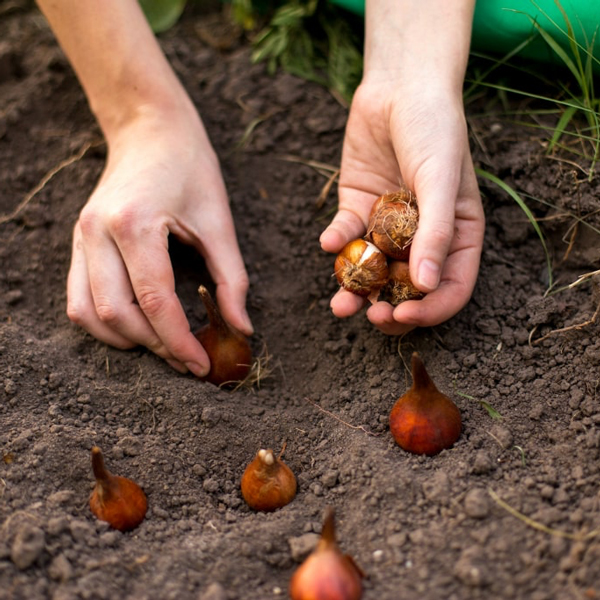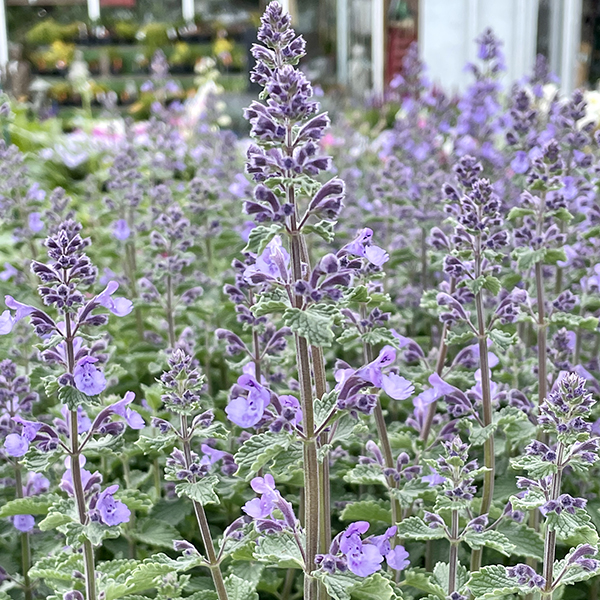
Spring bulbs bring a welcome splash of color, marking the gradual arrival of the growing season. Early bloomers such as snowdrops and crocus can appear even through the snow and remind us that warmer weather will soon be here, while certain tulips and daffodils can keep the color going until early May, and allium can take us into early summer.
While these bulbs are vibrant while flowering, oftentimes their foliage is less than attractive once the flowers are over. Cutting off the leaves is not good for the bulb, as it needs its leaves to photosynthesize and store energy in the bulb for the following year’s flowering. Some people tie the leaves of daffodils together to make neater clumps while the foliage dies down, but it really is best to let nature take its course and just let the leaves die naturally.
However, it is possible to disguise this foliage by growing bulbs among later flowering perennials and this way visual interest is prolonged by first the bulbs and then having other plants grow up and hide the bulbs’ leaves. And some perennials even flower early enough that it is possible to double the visual impact by having both perennials and bulbs in flower at the same time.
In order to achieve this successfully, bulbs need to be planted 6-12” distant from the perennials, depending on the ultimate size of the perennials and preferably the perennials should be planted first. Choose perennials that don’t need frequent division, that way the bulbs will not be disturbed. Also, consider the height of the bulbs, making sure your choice will be taller than your perennials at the time the bulbs flower.
For bulbs that are planted in full sun – crocus, grape hyacinths, hyacinths, tulips, allium and daffodils here are some perennials that work well in that they have dense foliage and will disguise the bulbs. Please note that while the color of the bulbs compliments the color of the perennials, most will not flower at the same time, and in which case color choice is completely personal.

Bulbs can also be successfully grown under deciduous trees, as the lack of leaf canopy early in the year allows the bulbs to take advantage of good light and as soon as they become shaded, they are past their moment of glory. If planting in shadier conditions some of the perennials that can be used are as follows.
Plantain Lily (Hostas spp.) Try variegated hostas such as Patriot with tall tulips of your color choice.
Siberian bugloss (Brunnera spp.) Choose tall daffodils and tulips to compliment the blue flowers of brunnera.
Coral Bells (Heuchera spp.) Try white/coral pink daffodils, such as Pink Charm with H. Marmalade.
Astilbe (Astilbe spp.) Try purple hyacinths with A. Bridal Veil or Peach Blossom.
These are just a few suggestions as to planting combinations that help to hide bulbs once they are past their best. Another way to achieve this when using late blooming bulbs is with annuals: coleus, marigolds and impatiens/Sunpatiens are just a couple of annuals that will achieve the same effect as perennials. Whichever route you choose, companion planting is a neat way to solve the problem of unsightly foliage once flowering is past.
Source: Cornell Bulb/Perennial Combos









